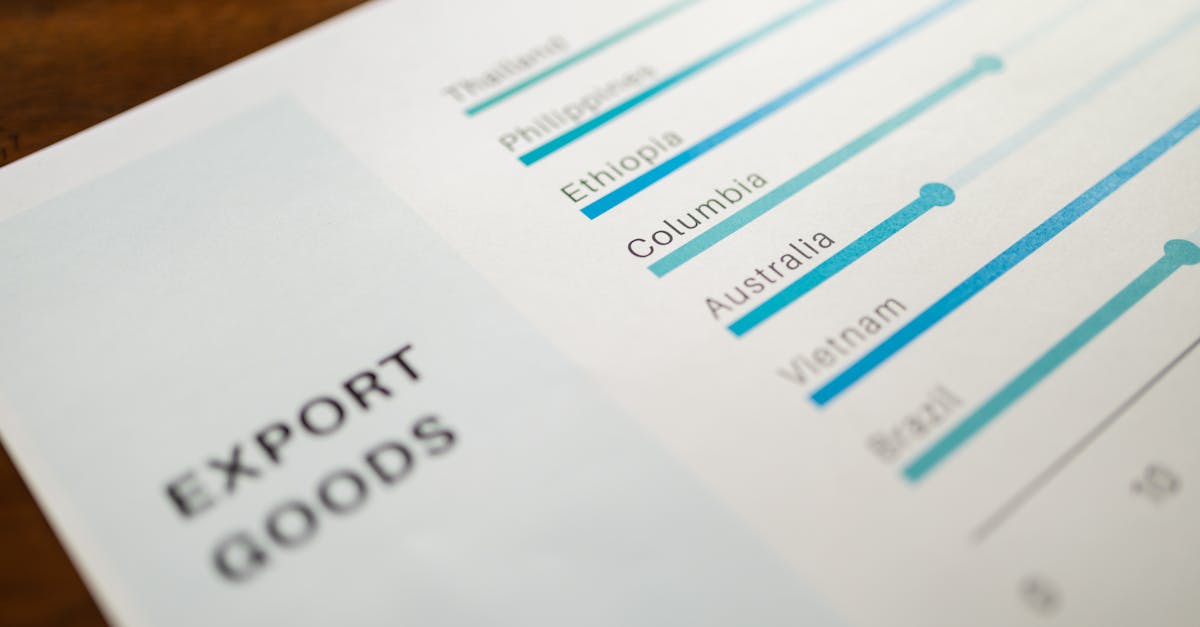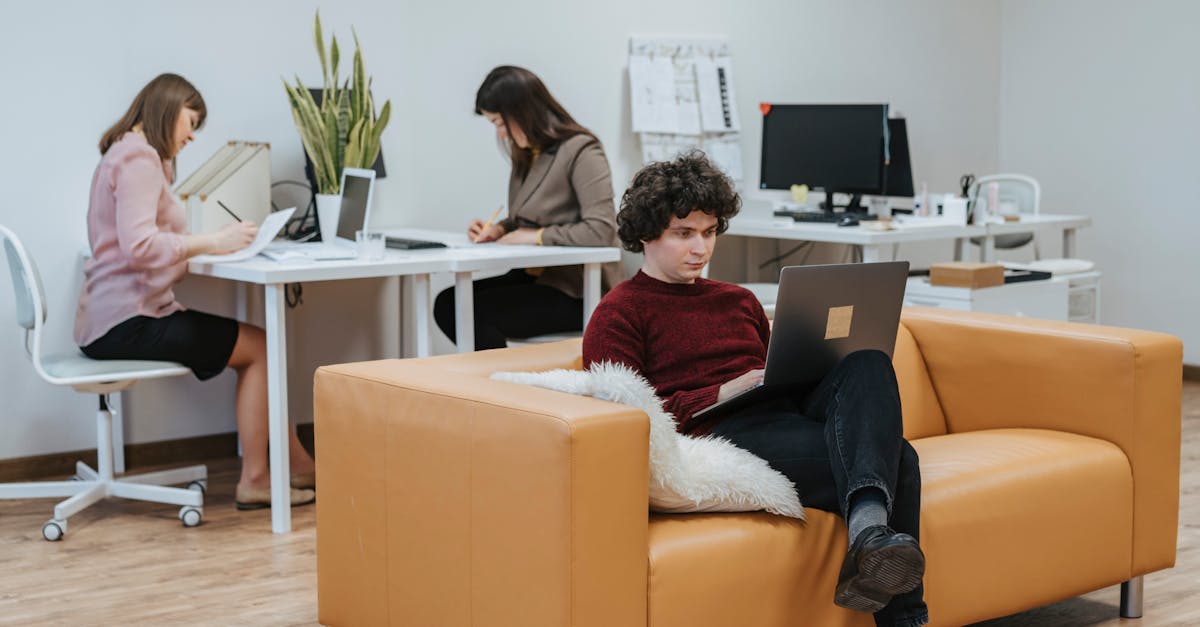From Cold Calls To Smart Calls Reinventing Telemarketing For Modern Buyers
Introduction
In an era where communication technology transforms at breakneck speed, telemarketing has also had to evolve from traditional cold calling to smarter methods. The outdated model of random cold calls is not only increasingly ineffective, but it also risks alienating modern buyers who demand personalized and relevant interactions. As the digital age brings people closer yet increases attention spans' elasticity, a new breed of telemarketing—smart calling—has emerged. Leveraging data analytics, personalization techniques, and AI advancements, businesses aim to create value-driven conversations. This fundamental shift seeks to respond to the direct needs and preferences of current consumers. As we delve into this transformation, it's essential to understand the mechanics behind it and how brands can effectively harness these new approaches.
Advertisement
Challenges of Traditional Cold Calling
The cold calling method has long been the cornerstone of telemarketing, characterized by its direct and straightforward approach. However, as consumer preferences change, several challenges emerge. Firstly, the sheer volume of unsolicited calls can be overwhelming, proving more of a hindrance than a help. Secondly, unsolicited calls often show low conversion rates, with many potential buyers either hanging up or refusing to engage. Thirdly, the regulatory environment is becoming stricter, with increased barriers against nuisance calls. The lack of personalization in traditional cold calls results in irrelevant messaging, failing to connect meaningfully with recipients. Moreover, the rise of digital communication has led audiences to view unsolicited phone calls as intrusive, preferring less invasive modes of contact like emails or social media.

cottonbro studio/Pexels
Advertisement
The Advent of Smart Calling
Unlike its predecessor, smart calling incorporates an intelligent, nuanced approach that embraces audience analysis and preference identification. It starts with integrating data analytics to understand and predict consumer behavior more effectively. By leveraging customer information gathered from various digital touchpoints, companies can create tailored campaigns that resonate with the individual. This method aims to position the call as a valuable distribution of information rather than an interruption. It sees telemarketers engage in conversations that are not only personalized but insightful, reflecting the buyer's recent interactions with the brand. By drawing on actionable insights and understanding nuanced consumer needs, the smart calling approach promotes genuine dialogue.
Advertisement
Role of Personalization
Personalization, the backbone of smart calling, is about more than just using first names. It's about adapting the entire conversation towards the recipient's needs and context. Through sophisticated CRM software and data aggregation tools, companies now have unprecedented insights into consumer habits, preferences, and purchase patterns. Personalization means ensuring that every call has a purpose and provides relevant solutions to the client's inquiries or problems. For example, if a customer consistently abandons their shopping cart, the telemarketer can call to address any issues they may have encountered. This proactive approach helps in building trust, fostering long-term relationships, and illustrating a brand as empathetic and customer-centric.
Advertisement
Leveraging Artificial Intelligence
Artificial Intelligence (AI) presents unparalleled opportunities for refining smart calling strategies. AI can help to filter data effectively, identifying key trends and correlating them to predict future buying behavior. Chatbots can handle basic customer queries, freeing human agents for more complex interactions. AI-driven call scheduling systems determine the best times to reach potential buyers, optimizing call success rates. Moreover, AI enables sentiment analysis, allowing telemarketers to adjust their tone and message mid-call based on the real-time emotions or reactions of the customer. This means a more flexible and responsive interaction, increasing the likelihood of a successful conversion.
Advertisement
Data Analytics in Smart Calling
Incorporating data insights remains at the core of transforming telemarketing into a smart calling operation. Organizations harness big data to segment markets more accurately, ensuring the right message reaches the right audience at the right time. Additionally, data analytics can illuminate pain points and buying trends, driving better decision-making and call strategies. By continually measuring responses and outcomes, telemarketers can refine their approaches, moving beyond educated guesses to data-supported hunches. The seamless integration of insights leads to calls that offer tangible solutions, fostering increased engagement and satisfaction. As data analytics continue to advance, smart calling becomes ever more strategic and fine-tuned.
Advertisement
Human Touch Remains Crucial
While technology plays a pivotal role, the essence of telemarketing—building human connections—remains unchanged. Smart calling emphasizes understanding and empathy, which are crucial elements shared by all successful communication. Skilled telemarketers must strike a balance between leveraging technology and showcasing genuine human concern. Listening attentively and responding patiently to clients’ pains and questions signifies an authentic dedication to solving their issues, ramping up trust levels. It's important that telemarketers do not solely rely on technology but also emphasize building rapport and adapting responses to match the tone and temperament of the buyer. This creates a memorable and positive experience, establishing long-lasting client relationships.
Advertisement
Regulatory Frameworks and Compliance
As telemarketers navigate this modern landscape, they must also adhere to new legal compliances tailored to safeguard consumer privacy. Initiatives like GDPR in Europe and stringent DNC (Do Not Call) lists in regions round the globe ensure consumers are protected from invasive communication practices. Smart calling practices inherently align with these frameworks, focusing on personalized interactions rather than sending indiscriminate mass messages. Compliance doesn't merely reduce legal risks—it's a marketing asset. Adhering to regulatory standards highlights a company’s integrity and its respect for customer boundaries. By doing so, businesses position themselves as trusted entities that value their clientele’s rights and privacy.
Advertisement
The Role of Analytics and ROI Monitoring
Smart calling must also be evaluated for its Return on Investment (ROI), examining the effectiveness and value generated by this evolved telemarketing approach. Collecting data from each customer interaction not only guides future strategies but also assesses performance against key metrics. These include conversion rates, customer satisfaction scores, and call quality metrics. Adopting analytics tools to gain insights ensures that smart calling remains dynamic and adaptable. Identifying best practices and re-evaluating results allows for continual improvement and maximization of resources. This results-oriented strategy secures long-term profitability and consumer satisfaction.
Advertisement
Conclusion
The evolution from cold calls to smart calls represents an essential shift in the telemarketing landscape. Driven by technology, data, and empathy, smart calling responds to the modern buyer's call for personalized, insightful, and respectful engagement. It transforms potential annoyances into value-rich conversations, driving meaningful client relationships. As brands increasingly harness this method, they align themselves with consumer preferences and industry regulations. By blending technological advances with human connection, smart calls pave the way for an industry reinvention that prepares businesses for a future where consumer-centric approaches are paramount.
Advertisement








